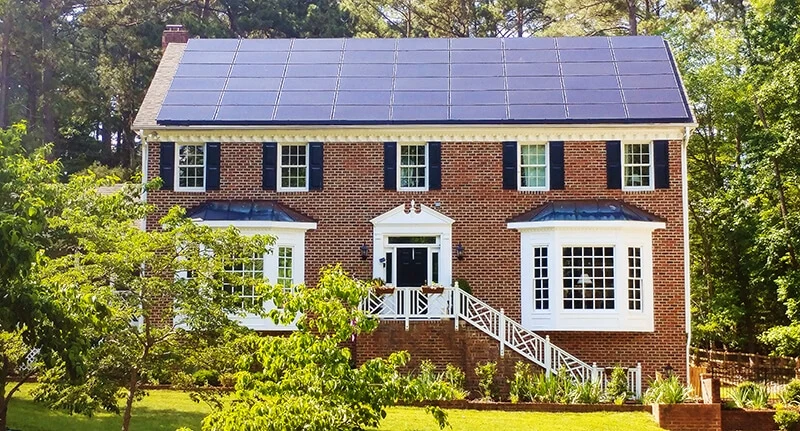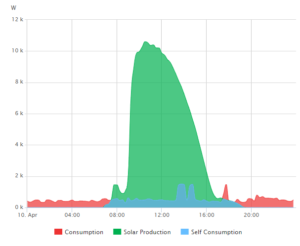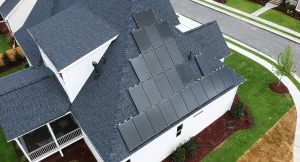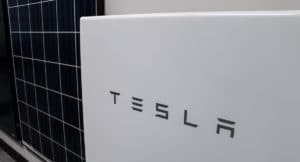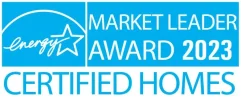Let’s Talk Solar 101!
Whether you’re interested in going solar for the dollar savings or you’re on a mission to help save the planet, having a good understanding of solar power basics will go a long way to assure you’re making an impactful investment. That’s why we have dedicated solar educators to answer your questions and guide you through the first strides of your solar journey.
Although Dave and Sophie (our solar educators) would love to talk solar with you all day, we’ve put together a virtual journey through everything you need to understand before going solar to help you get started on your quest for whatever it is you’re out to save.
Basics & Benefits of Solar Power in North Carolina
Learn how solar works, how a solar system is designed, the costs and benefits, and why you should use a local solar company in NC from Graham, our solar designer!
Free Solar Power 101 Guide
Lesson 01
How Do Solar Panels Work?
We could go in-depth about silicon atoms and the P-N Junction, but we’ll hold back on scientific terms for this lesson. If you want the full scoop on where solar energy comes from, one of our solar designers would be happy to give you all the details! But for now, here’s an overview of how solar panels power your home in five simple steps.
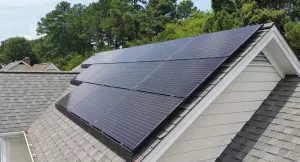
01
Solar panels absorb sunlight and create direct current (DC) electricity.
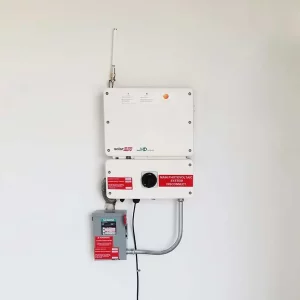
02
The electricity is passed through an inverter which converts the DC electricity to usable alternating current (AC) electricity for your home.
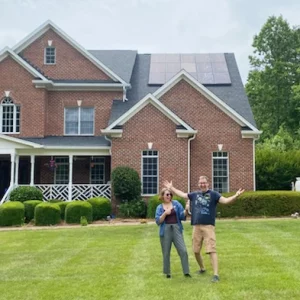
03
Your home is now powered by the sun! Any excess electricity generated by your solar system is sent back to the grid and recorded as a credit on your monthly utility bill or purchased by the utility at a rate they set (we’ll get to that later).
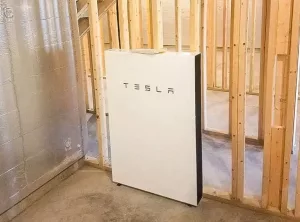
04
At night or when the sun is not shining, you will either draw electricity from the utility’s grid or from your battery system (if you choose to install one).
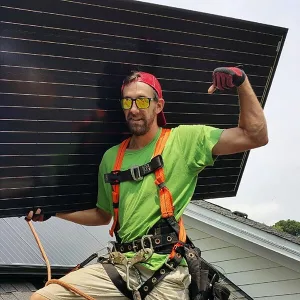
05
You’ll continue to rack up solar savings everyday for 30+ years while generating clean, renewable energy for your home and family!~
Technical terms
What is a kilowatt hour (kWh)?
One of the first terms that will be critical to understanding and talking about solar production is the term kilowatt hour or kWh. A kilowatt hour is the measure of energy consumption of 1,000 watts for 1 hour.
If you use a 100-watt light bulb for ten hours, you would use 1 kilowatt hour (kWh) of energy. To gauge your average energy needs, you can find your kWh consumption typically under the “Usage” section on your electric bill.
Lesson 02
Types of Solar Panel Systems
Solar systems are either installed on a roof or on the ground. Which location is right for your home depends on a host of factors like shading, HOA restrictions, size of your yard, orientation of your home, your roof line, and more.

Roof Mount
A roof mount system is just as it sounds — panels are attached to the roof and framing with racking hardware.
What makes a good roof for solar?
Here are 3 basic factors that determine whether a roof will be good for solar:
- Space: We need a reasonable amount of unshaded space to put the system on your roof. An average 4-6 kW system (16-24 panels) will need 200-400 square feet.
- Orientation: Roof space also needs to be oriented well to capture the maximum sunlight over the course of the year. South-facing is best, but east and west-facing roofs will work as well. We only really start to lose production when facing north.
- Low Shading: Our design specialists conduct a shading analysis to make sure there aren’t too many shadows from trees. We use a tool called a Suneye that measures and calculates the available solar energy of the site by day, month, and year.
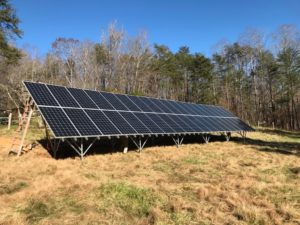
Ground Mount
For a ground mount installation, a racking system is engineered, constructed, and anchored into the ground. The electrical wiring runs in an underground trench to the house and the system is connected to the meter.
There are several pros and cons when considering a ground mount:
Pros
- Customization: Can be positioned due south for maximum solar exposure and can be designed as a carport or other custom structure.
- Space: Not limited by roof space allowing a larger system size for maximum solar production.
- Aesthetics: Great for customers concerned with home look, do not want solar panels on their roof, are involved with a historical development/district that does not permit exterior changes, or have certain HOA restrictions.
Cons
- Material Cost Increase: More material is needed to mount and run the ground mount to the meter on the home. There are also additional costs for trenching to your meter.
Solar Panel Pole Mount
For shaded homes or homes with a roof orientation that isn’t a great fit for solar, a solar pole system may be a great choice. This type of ground-mounted solar system allows you to orient an array to capture those perfect south-facing solar rays for optimal performance.
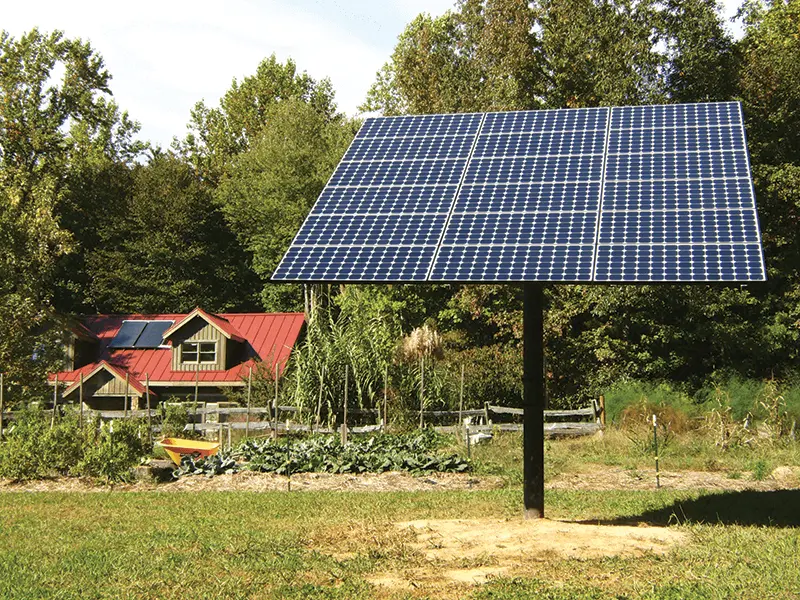
Custom Solar Systems
We love exploring creative options to integrate solar in the landscape and architecture of homes and businesses. Based upon your goals, custom solar structures can be as unique or as functional as you’d like.
On the more practical end of the scale, awnings and parking lot shade shelters made from solar panels are a popular choice. We’ve designed and installed several of these systems including a beautiful porch roof constructed with frameless, glass-on-glass panels. Charging stations with solar umbrellas are an attractive alternative where form meets function.
If you’re looking for wow factor, custom structures like the power flower we installed at Marbles Kids Museum in downtown Raleigh or the solar tree we did at Charlotte Discovery Place are both eye-catching and educational.
Alternative Solar Applications
There are many wonderful ways that solar can be used to power different parts of daily life. From solar-powered weeding robots to powering vaccine refrigerators on the go, new and sometimes unusual solar technologies are always popping up. Two applications we are constantly asked about include solar pool heating and solar-thermal hot water systems.
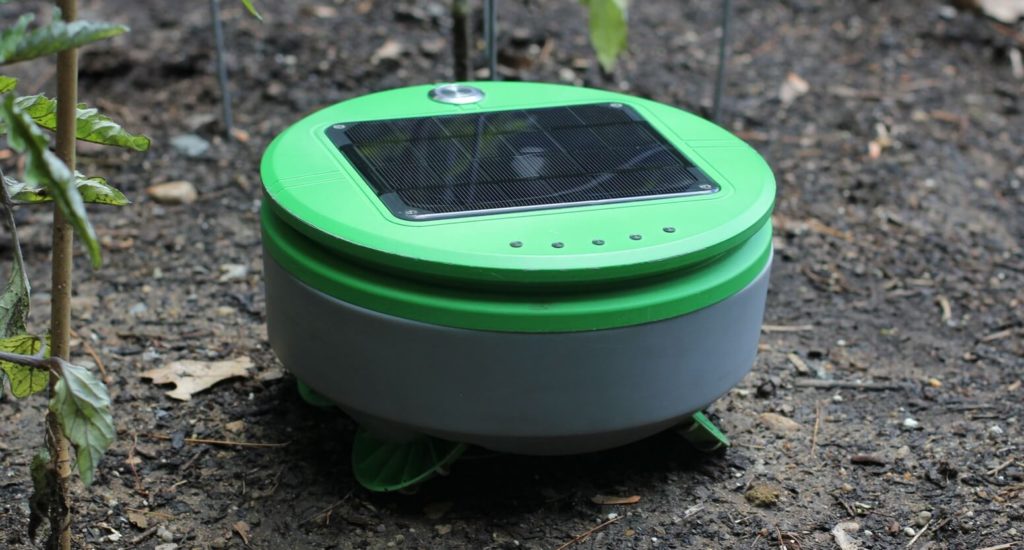
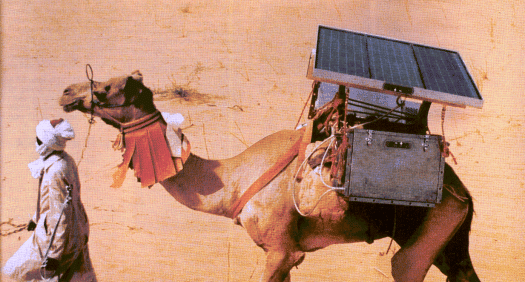
Solar Pool Heating
Solar pool heaters work in a similar fashion to solar hot water heaters by cycling cold pool water through solar collectors which heat the water before it is returned to the pool.
We do not install solar pool heaters because of how specialized the technology is. Instead, we advocate that a similar outcome can be achieved by offsetting the energy consumption of an electric heat pump with a traditional solar PV system while also being able to power other aspects of your home with clean, renewable energy.
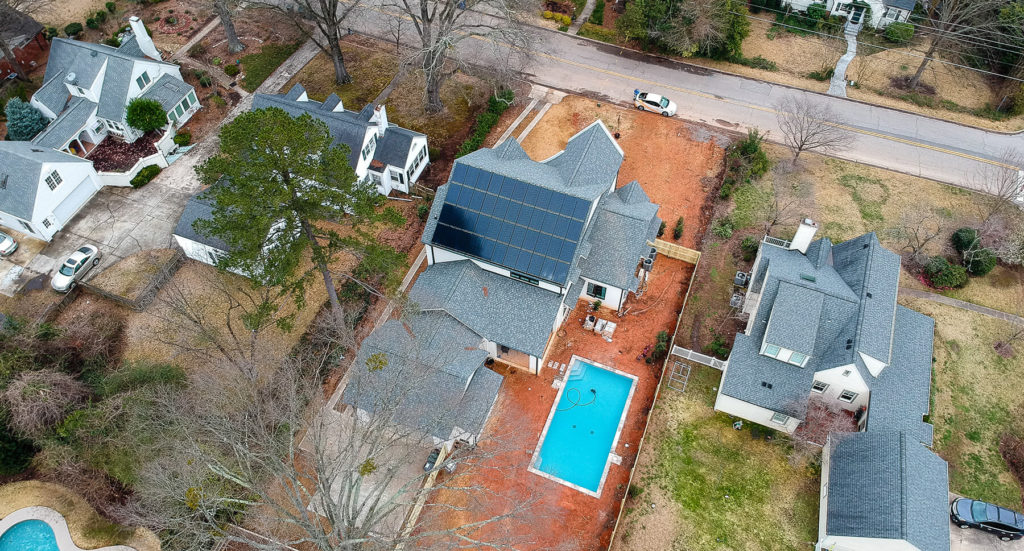
Solar-Thermal Hot Water System
Solar thermal systems come in several varieties which all function slightly differently. In general, a solar-thermal system heats water by transferring heat from the panels on the roof (known as the collector) to water that circulates through a series of pipes that run through the tank (known as a heat exchanger).
This creates a circuit where cool water is pumped to the collector, heated by the power of the sun, then flows through the heat exchanger to the tank. As the water passes through the tank, it transmits its heat, cooling down to cycle through the process again.
Many years ago we installed these systems for solar hot water. However, as PV technology has advanced and prices have fallen, we’ve found that it is actually more economically viable for our customers to invest in whole-home solar instead of focusing on solar water heating.
Check out the video of Bob, our co-founder, talking about the technology straight from our archives below! If you are still interested in a solar hot water system, contact us for a recommendation.
Lesson 03
Using Solar Energy at Your Home
Solar panels generate electricity but they don’t store it. This is a common misunderstanding (and an understandable one) about how solar systems work! Almost all the systems we install are grid-tied. This means the solar system is connected to the home and the utility’s grid so that the solar system can:
- Send power back to the grid when more solar energy is produced than the home needs
- Pull power from the grid when there is not enough solar energy to power the home
Common Questions
What about off-grid solar systems?
One of the most common goals we hear from solar-curious people is “going off-grid”. In a true off-grid scenario, your home would not be connected to a utility company’s electric grid. You would produce all the electricity your home and family needs through your solar system during the day while also having a large battery storage system to hold enough energy to power you through the night.
To maintain the average family’s lifestyle, would mean a much larger financial investment. Additionally, for a home that is already connected to the grid — or for a new home that can easily connect to the grid — going off-grid provides little to no practical benefit. It’s much less expensive and less complicated to reach annual net-zero energy usage (or even net-positive) by investing in a solar system while still maintaining your connection to the utility grid as a secondary source of power.
Energy independence and reaching a net-zero electricity use are definitely achievable — we just don’t typically recommend trying to go off-grid due to higher costs.
Connecting Solar to Your Home and the Grid
Each electric utility has its own solar policy for connecting your solar system to the electric grid, known as utility interconnection.
Most of the time, solar homeowners will be generating more electricity than they can use when the sun is up, so knowing how the utility compensates you for the extra power you send to the grid is critical for figuring out the economic benefit of solar for you.
Learn more about different interconnection policies in Module 3: How to Know if Solar is Right for You.
What happens to solar when the utility grid goes down?
When the utility power goes out, your solar system will not produce electricity without a battery.
In the event of a grid failure or power outage, National Electrical Code requires that the solar system automatically shut-off to protect utility workers. If your system were to continue to generate power, it could injure linemen working to repair power lines that are being fed live power by your solar system. Shutting the system off is the best way to ensure everyone’s safety, which is why it is required by code.
In order to have power during a grid outage, you’ll need to add a battery backup system like a Tesla Powerwall which will store the energy your panels produce and power your home during emergencies.
To learn all about how batteries work with solar, check out our battery storage hub!
How do you know if your solar system is working?
Energy monitoring allows you to track and make sure your solar system is performing optimally. Most systems come with production monitoring to show you how much power your solar system is creating. Some systems also come with consumption monitoring which shows you how much energy your home is using.
Improving How You Make and Use Energy
Consumption habits have been proven to change when there is greater visibility and more awareness – just like how some people drive differently once they see their miles per gallon on their dashboard — which is why we include both production and consumption monitoring with our systems. By producing your own power and using energy more efficiently, you will be able to maximize your solar investment and increase your energy savings.
Quiz Yourself!
What's Next?
Module 02: Solar System Equipment
Now that we know the basics, let’s dive into solar system equipment & types of panels →
Ready to kick your solar journey into full gear? Reach out for a free solar assessment or schedule a meeting to have your questions answered by our solar educators, Dave and Sophie.
Learn More Solar 101
Ready to Get Started?
Schedule a free assessment to learn more about solar power & battery storage for your home.
About Us
North Carolina’s solar power and building performance expert. Founded in 2001, we’ve worked for 20+ years to improve the way people make and use energy.

